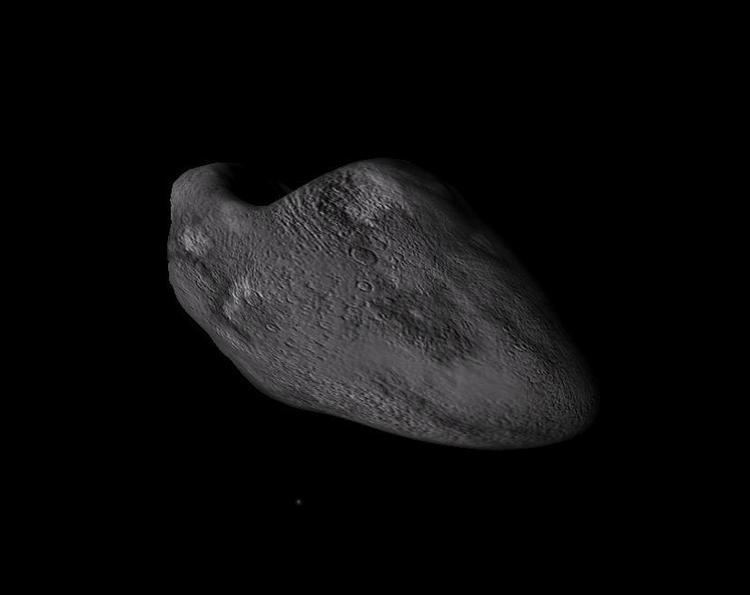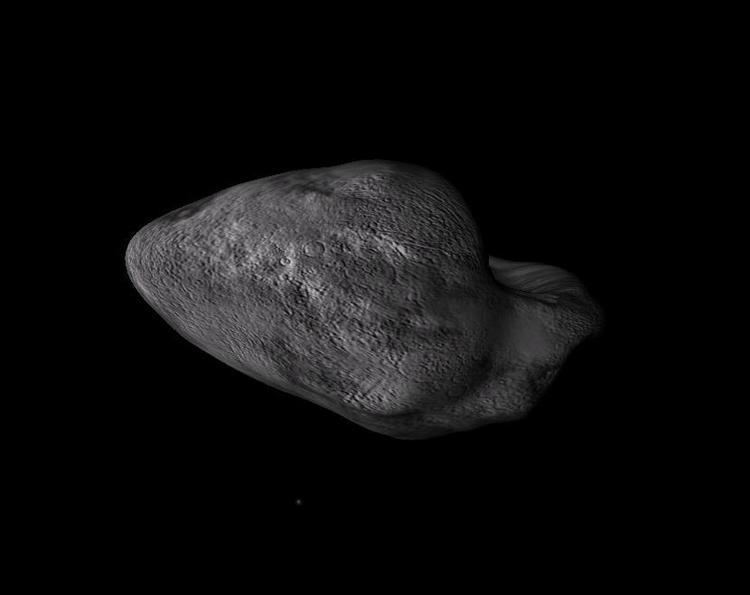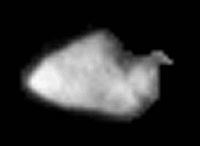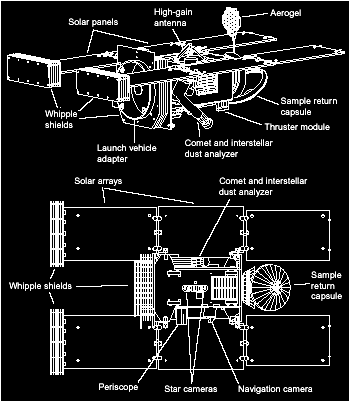Discovered by K. Reinmuth MPC designation 5535 Annefrank Discovered 23 March 1942 Asteroid family Augusta family | Discovery date 23 March 1942 Observation arc 26726 days (73.17 yr) Orbits Sun | |
 | ||
Alternative names 1942 EM · 1978 EK61986 TV14 · 1991 BO2 Minor planet category main-belt · Augusta family Discovery site Heidelberg-Königstuhl State Observatory Similar 9969 Braille, Solar System, 253 Mathilde, 4769 Castalia, Sun | ||
5535 Annefrank /ˌæn ˈfræŋk/ is an inner main-belt asteroid, and member of the Augusta family. It was discovered by Karl Reinmuth at Heidelberg State Observatory in 1942. In 1995 it was named after Anne Frank, the Dutch-Jewish diarist who died in a Nazi concentration camp (World War II). The asteroid was used as a target to practice the flyby technique that the Stardust space probe would later use on the comet Wild 2.
Contents

Orbit
Annefrank orbits among the main-belt asteroids, with its shortest axis aligned roughly normal to its orbital plane.
Physical characteristics

On November 2, 2002, the Stardust space probe flew past Annefrank at a distance of 3079 km. Its images show the asteroid to be 6.6 × 5.0 × 3.4 km, twice as big as previously thought, shaped like a triangular prism, with several visible impact craters. From the photographs, the albedo of Annefrank was computed to be between 0.18 and 0.24. Preliminary analysis of the Stardust imagery suggests that Annefrank may be a contact binary, although other possible explanations exist for its observed shape.
Later ground based lightcurve data was used in an attempt to measure Annefrank's rotational period. Their data resulted in possible rotational periods of 0.5, 0.63 or 0.95 days, with 0.63 days fitting the data best. The lightcurve data also suggests that the asteroid is not Lambertian, meaning that surface features, such as shadows from boulders and craters, play a role in the object's perceived brightness and not just the asteroid's relative size when seen from that orientation.


